Building a Strong Start: Why a Thoughtful Onboarding Strategy for Nearshore Teams Matters

Why Onboarding Nearshore Teams Requires Special Attention
Nearshore teams bring incredible value to organizations: they offer cultural alignment, time zone compatibility, and access to skilled talent. However, they also face unique challenges, including distance, communication gaps, and the risk of feeling disconnected from the core team.
A well-designed onboarding strategy helps bridge that gap. It ensures that every new team member, regardless of location, feels seen, supported, and set up for success from day one.

What Makes a Great Onboarding Strategy?
Here are a few principles I always keep in mind when designing onboarding experiences for our nearshore colleagues:
1. Start Before Day One
Pre-boarding is just as important as onboarding. I make sure new hires receive a welcome package, access to essential tools, and a clear agenda for their first week. This helps reduce anxiety and builds excitement.
2. Create a Human Connection
We assign a dedicated onboarding buddy, someone who has been in their shoes and can answer questions, offer guidance, or simply be a friendly face. This small gesture goes a long way in making people feel part of the team.
3. Make Culture Tangible
Company culture can be hard to grasp from a distance. That’s why we include interactive sessions with leadership, virtual team-building activities, and storytelling moments that reflect our values in action.
4. Set Clear Expectations
We walk through role responsibilities, performance metrics, and communication norms early on. Clarity helps people feel confident and aligned with their team’s goals.
5. Gather Feedback and Iterate
Every onboarding experience is a chance to learn. I always schedule check-ins at the 30-, 60-, and 90-day marks to gather feedback and make improvements.

The Ripple Effect: Experience, Loyalty, and Retention
When onboarding is done right, the results speak for themselves. New hires feel welcomed, valued, and empowered. They’re more likely to engage deeply with their work, build strong relationships, and stay with the company longer.
In fact, I’ve seen firsthand how a thoughtful onboarding process can reduce turnover rates significantly. People don’t just stay because of the job, they stay because they feel connected to a purpose, a team, and a company that invests in their success.
Final Thoughts
Onboarding isn’t a one-size-fits-all process, especially when working with nearshore teams. It requires empathy, structure, and a genuine desire to create meaningful experiences. For me, it’s one of the most rewarding parts of my role, because when we get it right, everyone wins.





















